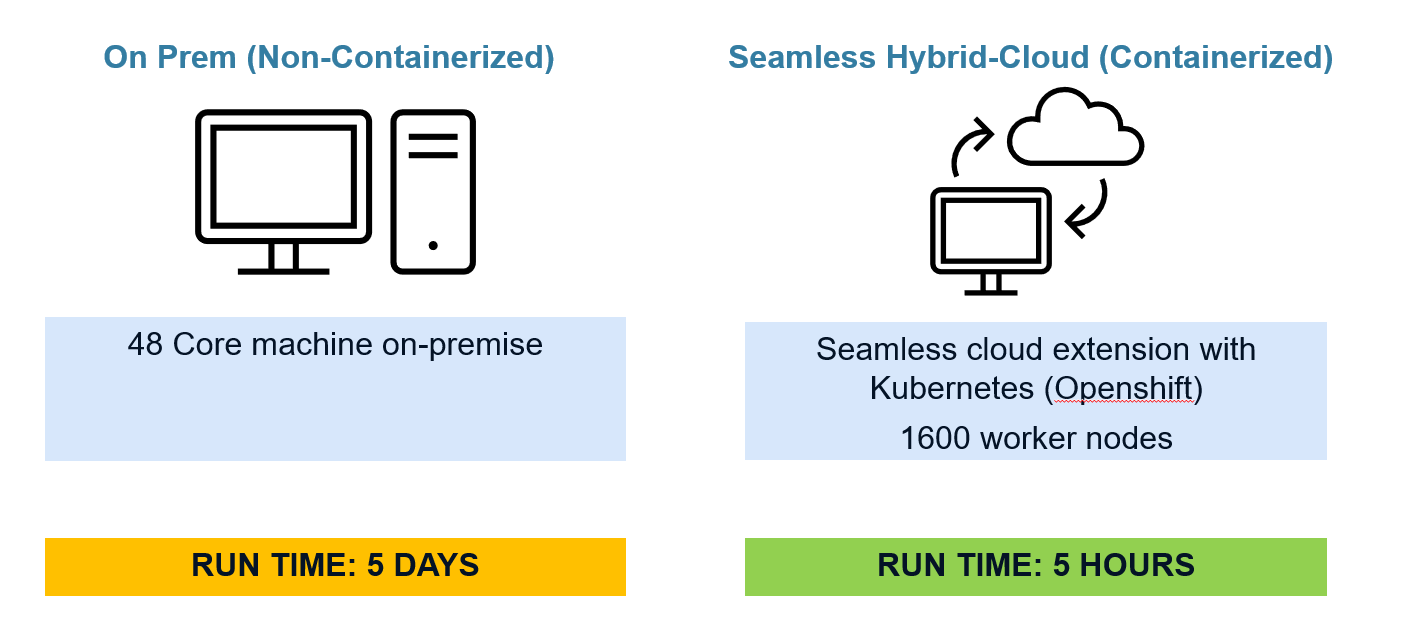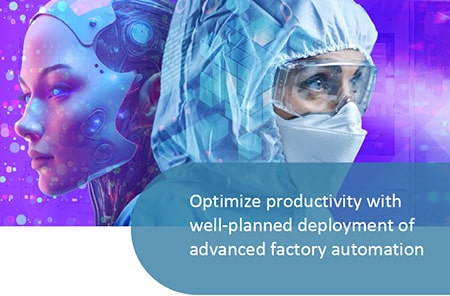A common misconception is that implementing cloud-native applications is about asking the question, Where… “Where is our code and data being transferred-to and executed?” Cloud-nativity is more about the How… “How will our software and data architecture support quality, performance, security and scale?”
As seen in Figure 1, the Cloud is more about the architecture than its geography.

To enable cloud-native applications there are pre-requisite steps, including containerization, streamlined security, encryption, authentication, virtualization, decoupling hardware\software dependencies (elasticity), compute & storage elasticity (cloud bursting), etc.
We anticipate great benefits from cloud-native architectures. Manufacturers who have a need to bridge the gap between factory capacity and customer delivery commitments are relying on our advanced productivity suite, focusing on SmartFactory Planning and Scheduling solutions.
One example is with our SmartFactory Production Planning and Scheduling in our Advanced Productivity Suite, where the objective is bridging the gap between factory capacity and customer delivery commitments.
Currently, this is achieved by applying simulation models to explore “what-if” scenarios to identify opportunities for improving throughput and capacity utilization. The challenge is that simulations are CPU/Memory/Storage intensive and potentially, depending on the use case and scenario complexity TAKE FOREVER TO COMPLETE!
To shorten time to action, we compared single-server simulation modeling + ML, to a cloud-native enabled architecture to achieve accurate cycle time prediction based on parallelizing thousands of simulations run with different product and recipe mixes + ML.
As seen in Figure 2, The outcome is an outstanding 24X run-time reduction from 5 days to 5 hours by achieving seamless, hybrid-cloud implementation, elastically scaling and parallelizing CPU workloads to worker pools.


